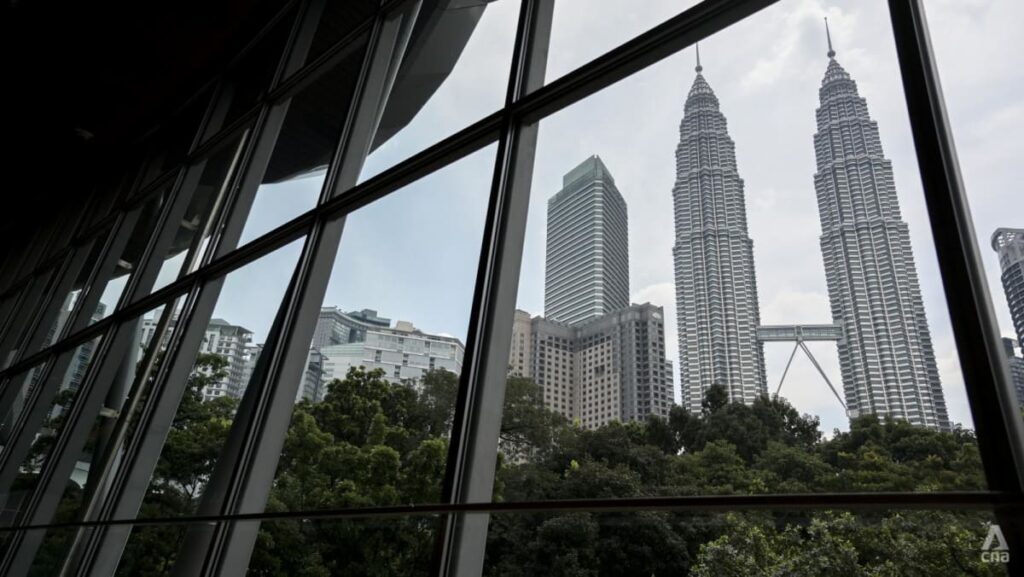Separately, Dass said that while the FRA signals Malaysia’s commitment to long-term fiscal sustainability, its effectiveness hinges on robust enforcement and independent oversight.
“While the Act lays the foundation for greater accountability, its impact will depend on political will, public scrutiny, and the establishment of institutions capable of monitoring and enforcing its provisions,” he said.
“To ensure credibility, Malaysia must pair the Act with a culture of transparency and a commitment to results-based budgeting.”
Meanwhile, economists whom CNA spoke to agreed that the Malaysian government needs to boost revenue by broadening its revenue base and increasing its percentage compared to the GDP.
Nungsari said that Malaysia’s fiscal resources are limited and that the total revenue collected by the government – through tax and non-tax revenues – is sufficient to just cover operating expenditures.
This also meant that almost every ringgit spent for development expenditures has to be borrowed.
He noted that Malaysia’s debt servicing expenses in 2023 was RM46.3 billion, larger than the RM37.8 billion in total personal income tax collected that year.
“The revenue side needs to be looked at. (There would be a need to) broaden the government revenue base as well as increasing it as a percentage of the GDP. It is too narrow and small.” said Nungsari.
He noted that the share of total federal government revenue compared to the GDP last year was 16.5 per cent, down from the 17.3 percent in 2023. This year it is projected to be 16.3 per cent.
Nungsari added that in order to increase revenue, the government would have to look at indirect taxes such as sales taxes where the “broadening” can happen.
This is because, he said, Malaysia is in a “unique position” where revenue from indirect taxes – such as a goods and services tax (GST) – is less than direct taxes as it has been avoided by the government due to its broad base.
Anwar has previously said that bringing back GST would unfairly burden the lower-income.
The GST was first introduced in April 2015 during the Najib Razak administration at a rate of 6 per cent, although the tax was not imposed on several things such as basic food items, agricultural products, water, fuel and several services.
When Anwar’s Pakatan Harapan coalition won the general election in May 2018, the GST was removed and replaced with the sales and services tax (SST) three months later.
The SST is a single-stage tax applied either at the stage of manufacturing or at the level of consumption of goods and services while the scrapped GST was a multi-stage tax levied at every stage of the supply chain of a product or service.
More recently, the Malaysian government has introduced several new taxes and expanded existing ones to broaden its revenue base including expanding on the SST in July of this year.
It has also moved away from blanket subsidies to a more targeted approach. In June 2024, the government implemented a targeted diesel subsidy programme in Peninsular Malaysia.
Next month, the government will announce its long-awaited plan to remove blanket subsidies on the widely used RON95 transport fuel. Other measures to boost revenue include increased electricity tariffs on heavy power users.
Dass, meanwhile, believes that the government’s revenue base can be expanded further by creating new economic activities and formalising the informal economy, such as the gig and micro-business sectors.
“They will provide sustainable income to the economy without over-relying on volatile oil-related revenues,” he said.
But while the government works to expand its revenue, experts stress that spending must be efficient, and it needs to address wastages and leakages.
https://www.channelnewsasia.com/asia/malaysia-development-plan-increased-spending-low-debt-ratio-anwar-ibrahim-5281986


